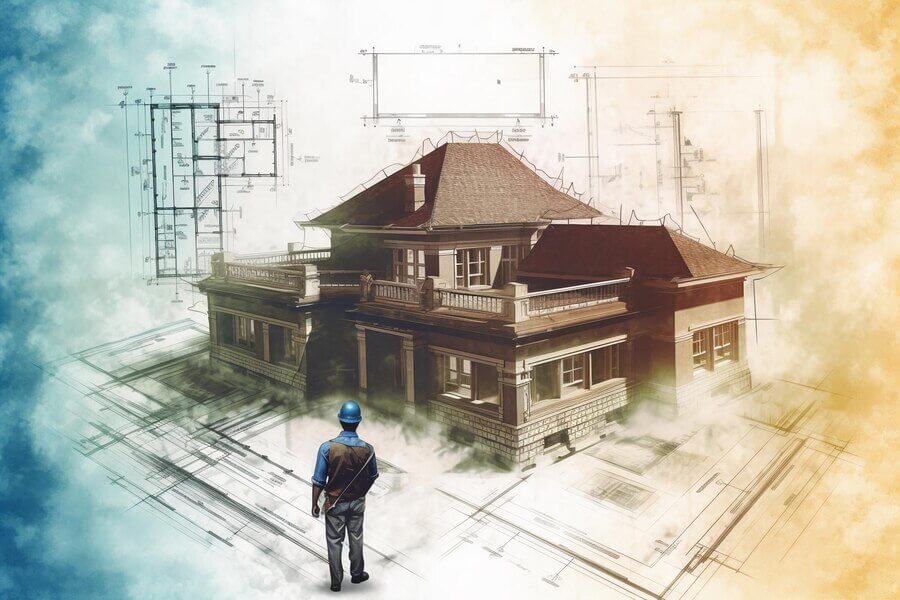Trivandrum, the vibrant capital city of Kerala, boasts a rich cultural heritage and a blend of traditional and modern architectural styles. In recent years, the city has witnessed a surge in construction activities, driven by urban development and a growing economy. This article explores the latest construction trends and techniques that are unlocking Trivandrum’s architectural potential and shaping its skyline.
Embracing Modern Design Concepts: Trivandrum’s architectural landscape is evolving, with a shift towards modern design concepts that emphasize functionality, sustainability, and aesthetic appeal. From sleek high-rise buildings to innovative residential complexes, architects and construction companies are redefining the city’s skyline with contemporary designs that blend seamlessly with its cultural fabric.
Integration of Green Spaces and Sustainable Features: In line with global sustainability trends, construction projects in Trivandrum are increasingly incorporating green spaces and eco-friendly features. Rooftop gardens, vertical greenery, and passive cooling techniques are being integrated into building designs to enhance energy efficiency, improve air quality, and promote biodiversity. These sustainable initiatives not only benefit the environment but also contribute to creating healthier and more livable urban environments.
Preservation of Heritage Structures: Trivandrum is home to numerous heritage structures that serve as testaments to its rich history and cultural heritage. Construction companies are adopting specialized techniques and materials to preserve and restore these architectural gems, ensuring that they continue to be cherished for generations to come. By striking a balance between preservation and modernization, these efforts contribute to Trivandrum’s unique identity and sense of place.
Innovative Construction Technologies: Advancements in construction technologies are revolutionizing the way buildings are designed and constructed in Trivandrum. From 3D printing and modular construction to advanced materials and robotics, these innovations are streamlining construction processes, improving efficiency, and reducing project timelines. By embracing these cutting-edge technologies, construction companies are delivering projects of exceptional quality while meeting evolving market demands.
Conclusion: Trivandrum’s architectural potential is being unlocked through a combination of modern design concepts, sustainable practices, heritage preservation efforts, and innovative construction technologies. As the city continues to grow and evolve, these trends and techniques will play a crucial role in shaping its urban landscape and enhancing its livability. By embracing innovation while honoring its cultural heritage, Trivandrum is poised to become a model city where tradition and modernity harmoniously coexist.


Comments are closed